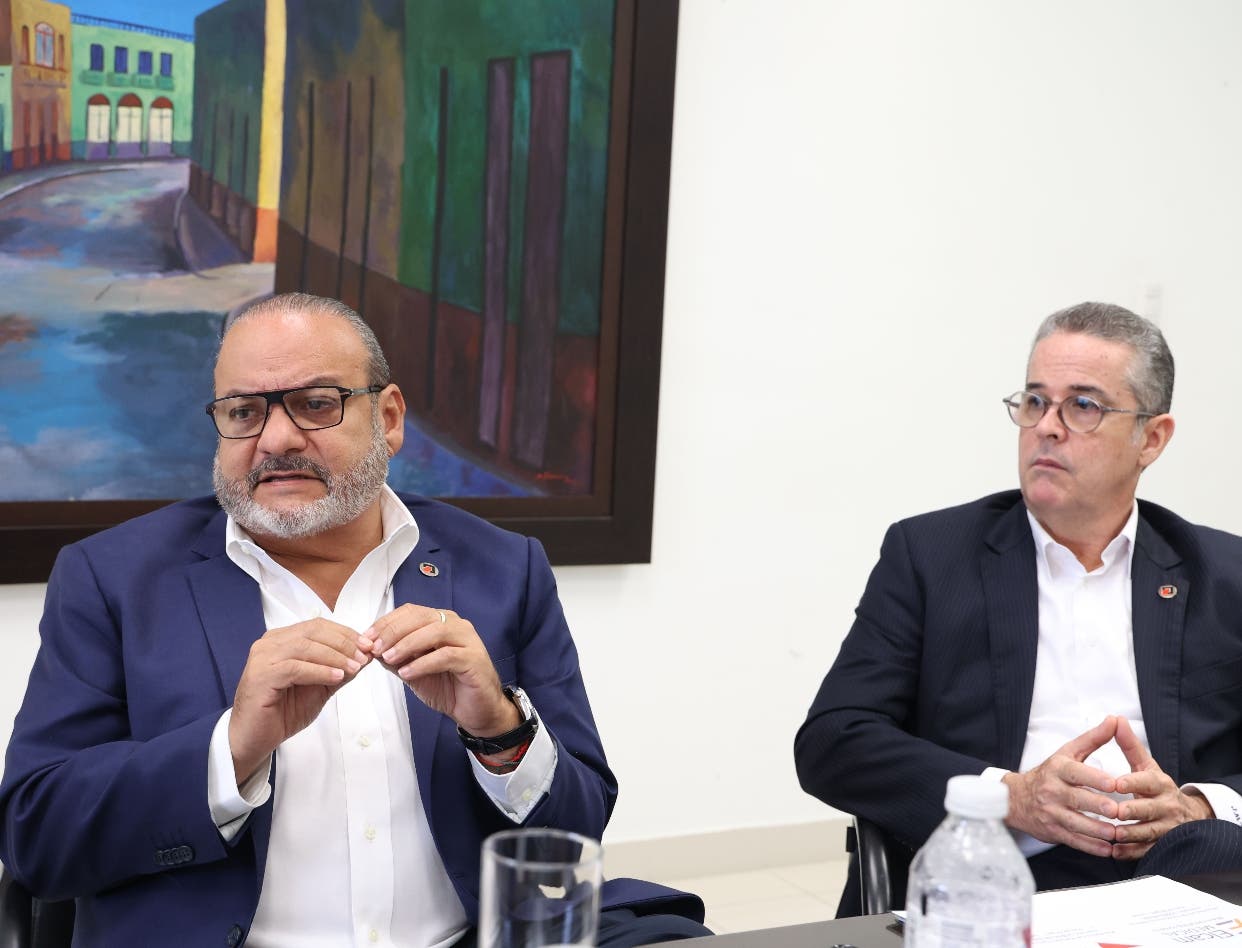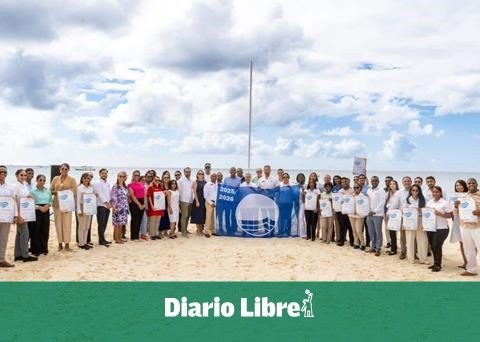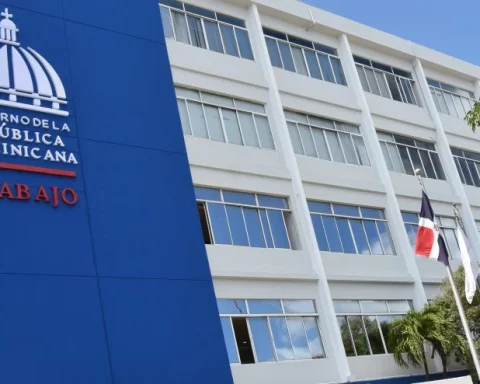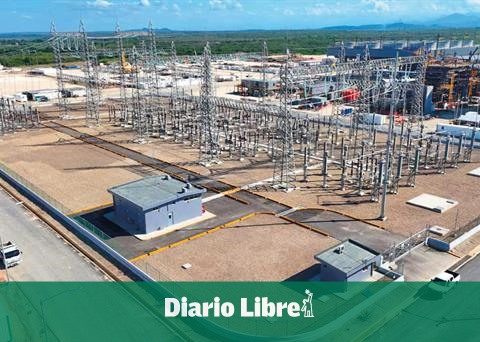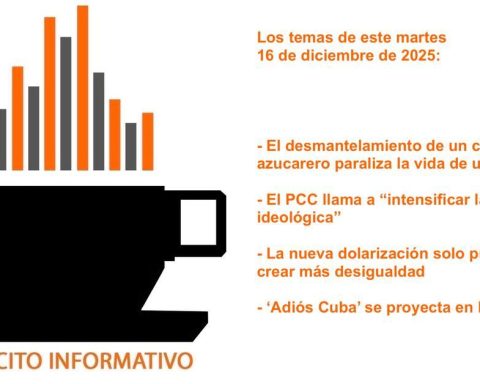Free zones strengthen productive links with local industry, whose purchases grew by 62.5% in the period 2020 to 2024
From a sector that initially imported almost everything, the Free Trade Zones have become a sector that obtains from the local market a large part of the goods and services it uses in its process. Its purchases in the local market will exceed this year 150,000 million pesos.
In 2023 they bought more than 100 million pesos from the local market. RD$135,000 million and all companies that supply the sector must be formal and have high quality.
This was stated by the directors of the Dominican Association of Free Trade Zones (Adozona), Luis Jose Bonilla Bojospresident and Jose Manuel Torresexecutive vice president.
Bonilla said that before a free zone was established in the country it imported even PVC pipes, but now it supplies a greater proportion of the domestic market.
“TOIn the past, an investor would come here and not ask what was produced in the country because he imported everything, even the needles for his machines. But today, the first thing an investor asks is who is going to supply him and what can I buy here?“, he said.
Bonilla indicated that through the free zones, productive links have been strengthened with the local industry, whose purchases from said market have grown by 62.5%, going from RD83,076.5 million in 2020 to RD$135,050.4 million in 2023. And these figures have doubled compared to 2014, as purchases totaling RD$41,152 million.
He said that these figures reflect the fact that the activities of free trade zones not only create direct jobs, but also have a positive impact on other sectors of the economy, distributed across multiple sectors, including transportation, other manufacturing and trade, and the real estate sector.
Adozona, together with the Ministry of Industry, Commerce and MSMEs (MICM), is developing a Supplier categorization project with the aim of enabling local industry to connect and access new business opportunities with free zone companies to boost the country’s economy.
This categorization tool seeks to promote productive linkages to transform and energize business relationships between anchor companies in sectors with high growth potential and companies that provide the required products and services.
The Medical Devices Cluster is also participating in the categorization project and is part of the Digital Productive Chain program, a public-private alliance between the MICM, the Digital Agenda and the Association of Industries of the Dominican Republic (AIRD) for the digital transformation of MSMEs.
Bonilla stressed that public-private partnerships have been vital to the growth and development of the free trade zone sector, and this extends to training activities supported by the MICM and the Institute for Technical and Professional Training (Infotep).
Adozona hopes that this year the pace of training will increase and that the training offer will continue to improve, which will contribute to the development of the country, which needs quality jobs.
Export growth
Exports of goods from free zones will break the record of 2023 this year and Adozona estimates that they will reach 8.5 billion dollars, and if exports of services are added to that, exports of the sector will exceed 9 billion dollars. At the end of 2023, exports were US$8.06 billion.
Adozona executives said that from January to July of this year, exports were US$5,041 million, a growth of 7.5%, compared to the US$4,690.54 million exported in the same period of the previous year. And the month of May was the record month for exports in history with US$812 million. In July 2024, exports were US$783.84 million.
Bonilla stressed that these seven consecutive months of historic figures are a testament to the commitment and adaptability of free zone companies, as well as to the continued support of Adozona and alliances with the public sector.
He recalled that the country has a great global position and is the world’s leading exporter of hand-made cigars and also of electrical switches to the United States. It is the fourth Latin American exporter of medical devices to the United States and the third Latin American exporter of footwear.
